Notes
The Surveillance Society: Show Me the Pictures
One thing the current firestorm over surveillance, the NSA, and the national security state reflects is just how little photojournalism and visual reporting has had to contribute. Of course, one might argue that national security is a news topic that falls in the visual blindspot. In other words, how can you visualize the invisible? I’m skeptical, however. What I’m wondering is how much the lack of effective imagery — imagery that can mobilize and catalyze public attention and concern much the way Nina Berman’s “Marine Wedding series catalyzed a nation as to everything wrong with the Iraq War — isn’t out there because of the public’s as well as media’s post-9/11 acquiescence, and a sense of intimidation on the part of the media and the fear of stepping on the wrong toes.
One point that jumps out in the reporting of the PRISM program is the fact that the NSA is able to collect not just metadata, but also personal photos and video. The same way the April 2010 disclosure by Wikileaks of the helicopter attack on Iraq primed a whole new consciousness about the Iraq war, video war, covert action and collateral damage, I can only imagine what a few choice visual “examples” (move over, Anthony Wiener??) might do for a public that, in the abstract, seems all too willing to believe that the privacy/security trade-off is fine with them. Rather than any photographs or video stills that might have illuminated this story, however, the imagery this past week mostly illustrates the visual impoverishment of this story … so far.
Ticking through the list, what was circulating in spades (as they should have been) were diagrams and infographics, the first a slide on PRISM and the second on the Boundless Informant system:
From there, we had examples of tortured visual analogies, photos published in one context that are typically stretched to suppose their applicability in another. In the case below, published by Brietbart, a critique of Obama’s surveillance policy is illustrated by a White House photo of the President looking at a screen of photos from the completely public and throughly available Boston Marathon bombing coverage. (Of course, parodists on Tumblr are already off-and-running using wire photos to call Obama and his surveillance policies on the carpet in a truly clever way.)
And then, we have those going the personification route, using Photoshop for the quick-and-dirty visual one-liner. In this case however, the idea was original executed at least three years back.
And of course, Google Images is just brimming with visual poster art.
Frustratingly, the main imagery illustrating the story (often coming from the NSA itself) focuses, rather like stock photography, at this point, on either the physical apparatus of server farms or brick-and-mortar.
… If I had a dollar for every placement of that incessant photo of headquarters from the NSA photo gallery. Perhaps the paucity of media imagery and effective photojournalism, however, has less to do with accessibility than about commitment. The Washington Post photo staff, particular photographer Michael Williamson, created a couple of interesting slideshows on the security industrial complex as part of a multi-part WAPO series, Top Secret America.
The articles and slideshows, published in 2010, specifically address the massive NSA and private contractor/surveillance state ramp up in metro DC. Although it’s not an example of data mining, the photo taken in Memphis by Williamson that leads this post is part of that initiative, the image showing police scanning license plates with military-grade infrared cameras. I don’t imagine Williamson risked deportation to secure the ride-along.

And then this shot, also by Williamson, was taken at the At the FBI data center in Clarksburg, W.Va. According to the caption: “the FBI stores 96 million sets of fingerprints from people across the country and from prisoners in Afghanistan, Iraq, Saudi Arabia and Yemen. State and local officials help supply the domestic records.” Having had to submit a full set of fingerprints just this Friday in order to renew my psychotherapy license, this image had more than just passing significance to me.

For inspiration, one need also study Nina Berman’s Homeland work which chronicled the overt peculiarities of the post-9/11 security state in a way that was, at the same, blatant on its face but required true courage to see. Certainly, the revelations of the past week have ramifications that will reverberate for some time along many moral and cultural channels. For photographers and photojournalism, it should be nothing short of a call to action.
(photos: NSA/Guardian; Mashable: courtesy of YouTube, Google; Michael S. Williamson / The Washington Post; White House photo: Pete Souza. caption: President Barack Obama watches television coverage of the Boston Marathon bombings with Lisa Monaco, Assistant to the President for Homeland Security and Counterterrorism, in the Outer Oval Office, April 15, 2013. Headquarters of the NSA at Fort Meade, Maryland. Wikipedia. Source: unknown.)
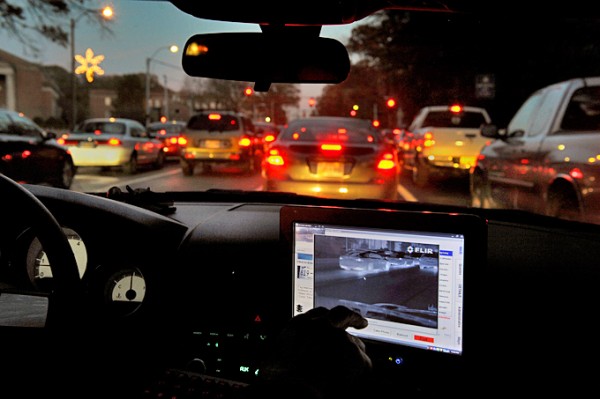
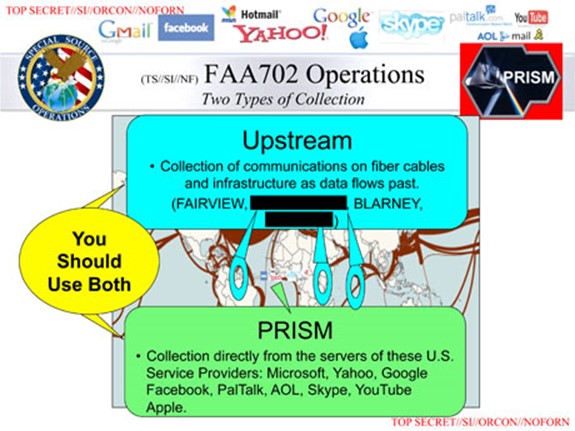
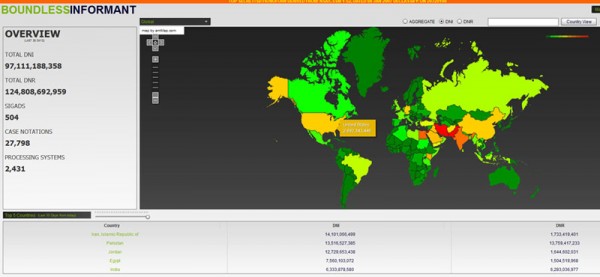
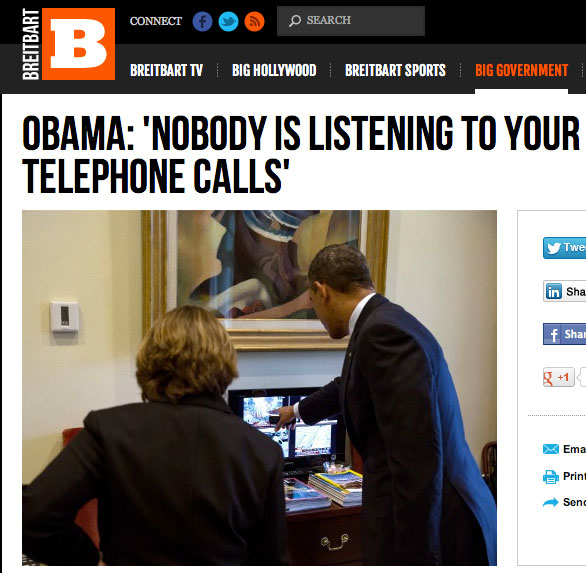
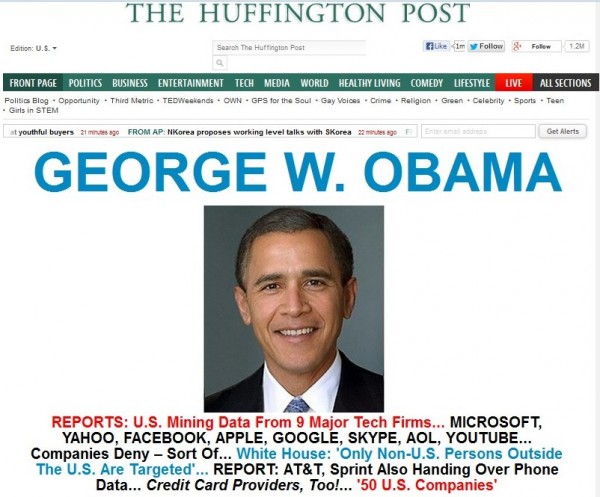
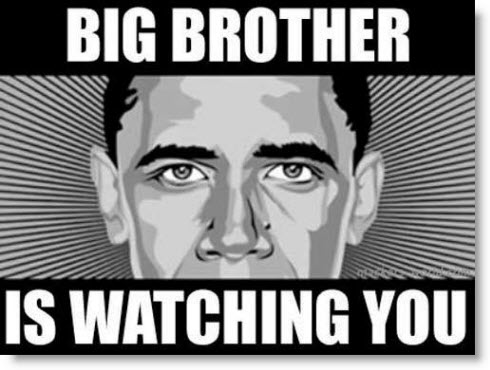
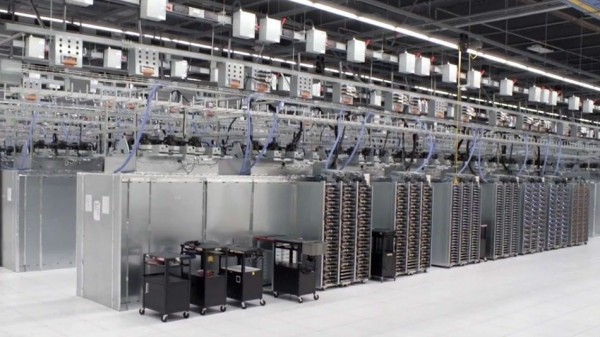
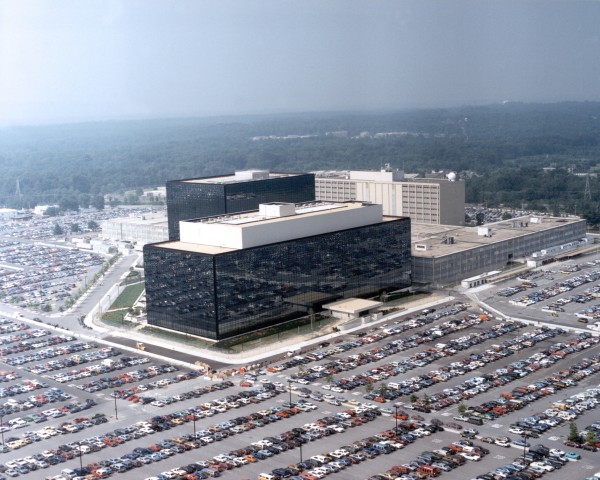
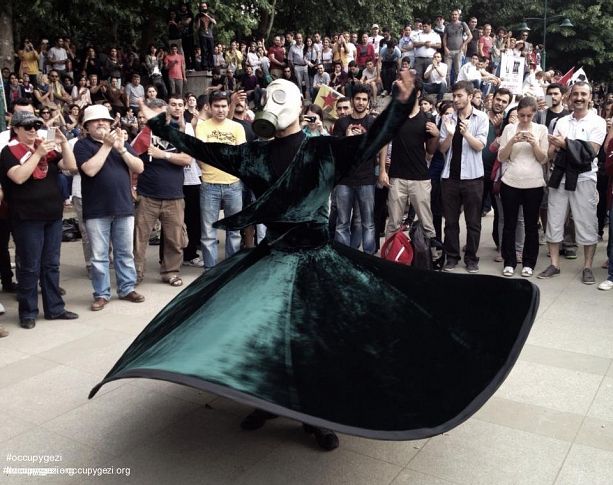
Reactions
Comments Powered by Disqus